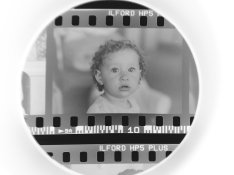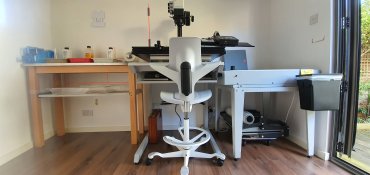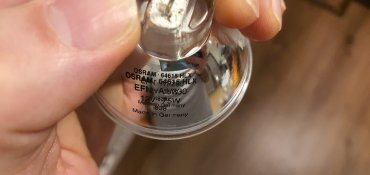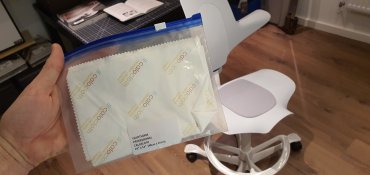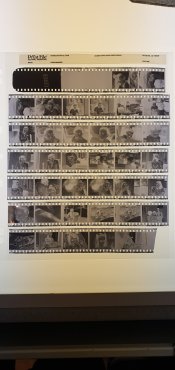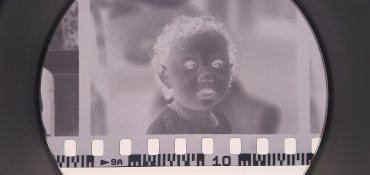@Kino
I would suggest you place a strip of surplus (not valuable) negative in the holder and turn it on for the time equal to your focusing and printing session to see if the lamp is burning the emulsion and causing it to bubble.
OK, will do, I have never seen this before and have left negs in the enlarger for some time, however was never looking out for this, so I will definaltly try this.
The link you provided, starting under "Light Path", suggests that there may be some issues with lamp replacement. Check your lamp and your heat IR cut off filter to make sure both are properly set up.
My lamp is a osram 64615 HLX 12V 5W - (Update: 75w not 5W Typo)
I am using the new Kienzle bulb holder.
Check your lamp and your heat IR cut off filter to make sure both are properly set up. - Q. what does this mean, sorry im new to this.
It is possible the emulsion was somehow damaged prior to your wiping it with a cloth (too strong a stop bath?) and that the wiping motion removed the bubbled, loose emulsion, but you can check other negatives from that batch that have not been subjected to the heat of the enlarger.
Too strong stop bath, possible, but I dont think so, made fresh chem, and 99% sure I followed directions on the packet correctly.
I will check all the other negs from the film to see if we have similar issues.
Try examining the unprinted frames with a loupe with light raking across the emulsion to see if there are raised spots.
Will do this evening.
@John Salim
NewThey look suspiciously like wet
'spray' marks to me - possibly done by blowing on the neg ...and inadvertently blowing tiny spits of saliva onto the film !
If this is the case, a re-wash is in order.
On careful examination on the light table with loupe, the negs have been damaged. But that would have been my most happy outcome.
@Bikerider
Those marks you have on your negatives and prints look very much like particles of iron or something else in the water sticking to the surface of the wet film. They are microscopic, invisible to the eye and will only show when the negatives are enlarged. Your supplier to London - is it Thames Water? They may be able to provide an answer, most water companies are hypersensitive to any contamination in the water. In the meantime filtered water may be the solution
(Water Report Attached)
Filtered water is on my shopping list along with the Hass regulator, I however did not develop these Negs, this was done at the shop Aperture in central London.
I have wikl have a look for negs that I have process and see if I get similar problems.
Our water is not great here: attached is the report from Themes water
@pentaxuser
So all the negs were fine and now only those wiped down with a lens cloth are affected,? Others not wiped are OK?
So the Negs were cut to 6, and I wiped down all the single strip, I will now go back and examine all 6 on the strip and then the other strips on the 36 roll (not cleaned, and not been in the enlarger, to see if I can spot the same issues)
UPDATE: I had a good look at all 36 images and only the one printed had the issues. - this leads me towards the heat argument.
I have no idea what a lens cloth is impregnated with for it to do its job that might affect negatives so others will have to comment on this but could anything have got onto the lens cloths that shouldn't be there?
I used a brand new cloth, that is stored in a sealed plastic bag, it is unlikely to be the cloth.
See image.
@canuhead
just to clarify. is the first pic of the neg thru the loupe, directly from the neg, or a contact sheet ? I can't see any way that you would have what look like air bubbles/ undissolved chemistry on the neg, not show up on the print.
You are seeing directly the negative strip (that has been inverted in camera-phone) trough the leica x5 loupe.
They defiantly did not show on the first print. but do later on in the print session.
Front Runners are:
Heat from the bulb
Chemicals from my water supplier (eg iron particles)
chemicals from the print development (excessive fix)?
Spit (The neg is actually damaged so least likely)













